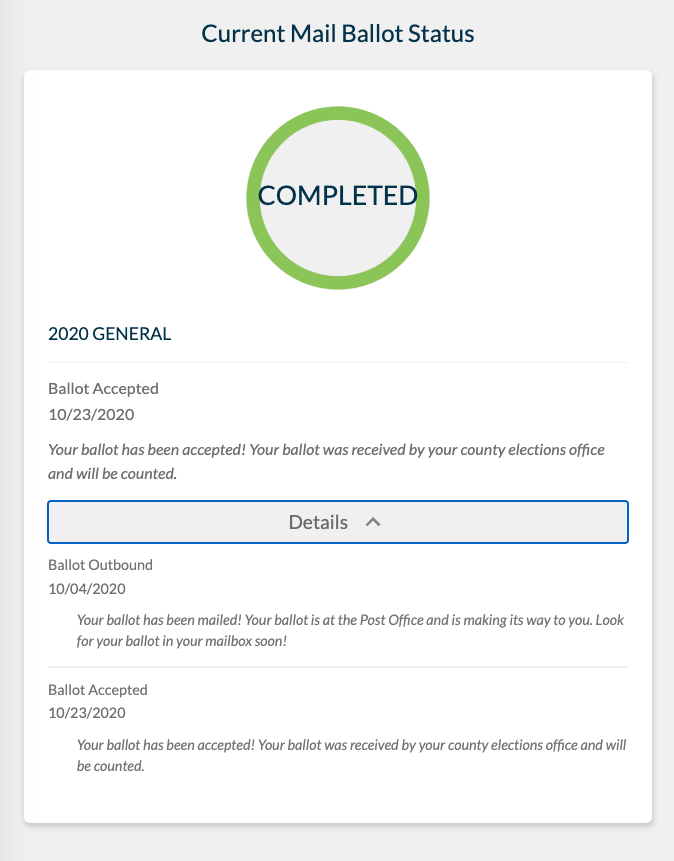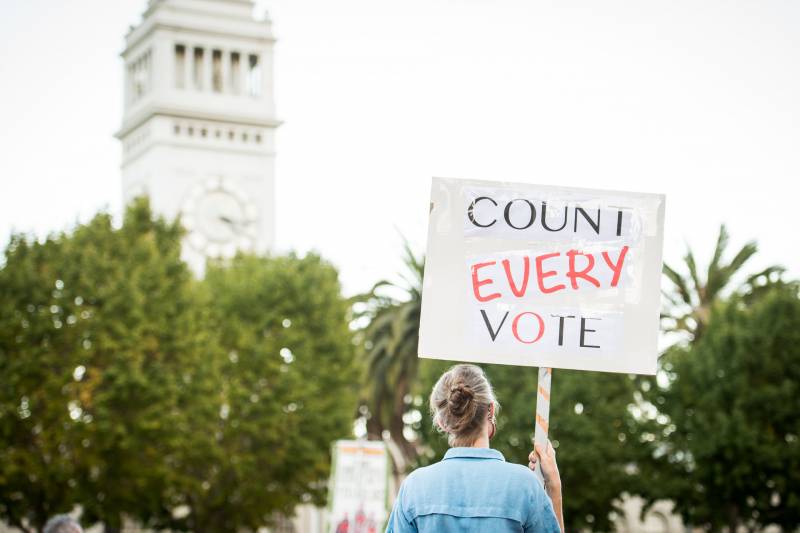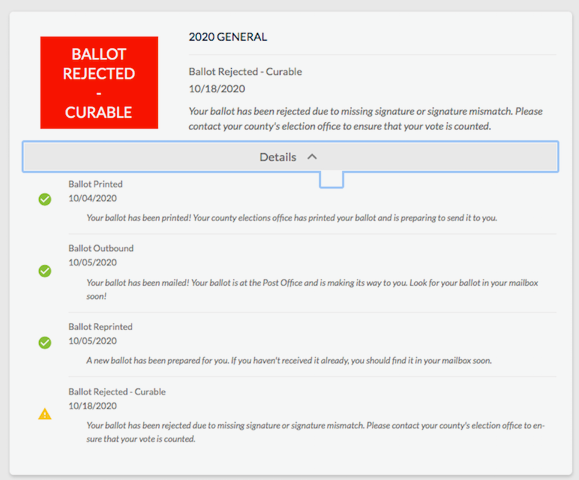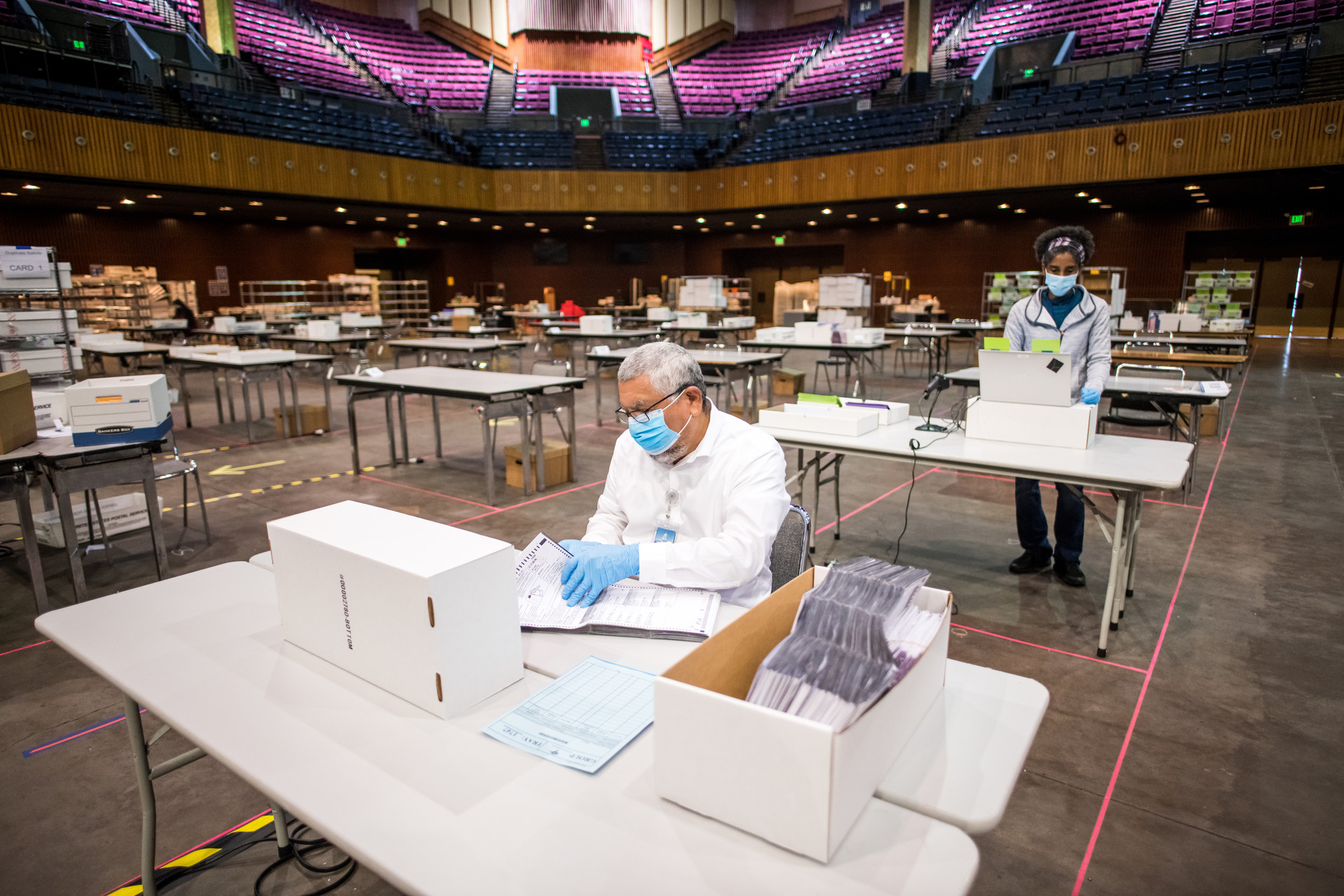You don’t need us to tell you that these are truly strange times right now.
As we all wait for the vote counts in a presidential election like no other, and watch President Trump falsely — and repeatedly — claim victory, you may be feeling a little helpless. Or wondering what the hell you can do right now.
One positive, actionable step you can take? Go online to confirm that your ballot was received and counted by your county election officials.
This way, you’ll know that your vote and your voice was heard in California, from the presidential election to the state propositions and local measures that affect the lives of everyone in our communities.
You’ll also be alerted in the case that there’s an issue with your ballot, giving you time to work with your local election officials to fix any problems. It’s called “curing” your ballot, so that your vote can still be counted, and there’s a whole system in place to help you do that.
Use California’s ‘Where’s My Ballot’ Tool
Visit the state’s “Where’s My Ballot?” website and input your details. You’ll then be shown the status of your ballot. Hit “Details” to expand the notes and see exactly what your ballot is up to.

In this instance, “Completed” means yes, your ballot will be counted. No further message will come confirms Kim Alexander, president of the nonpartisan California Voter Foundation, so take “Completed” to mean “Counted.” That’s because there is no way to notify a specific voter that their ballot actually was counted, “because once their signature is verified and the ballot is checked in as ‘received’ it is randomized with all the other ballots, and no longer connected with or identifiable to a specific voter,” says Alexander.



